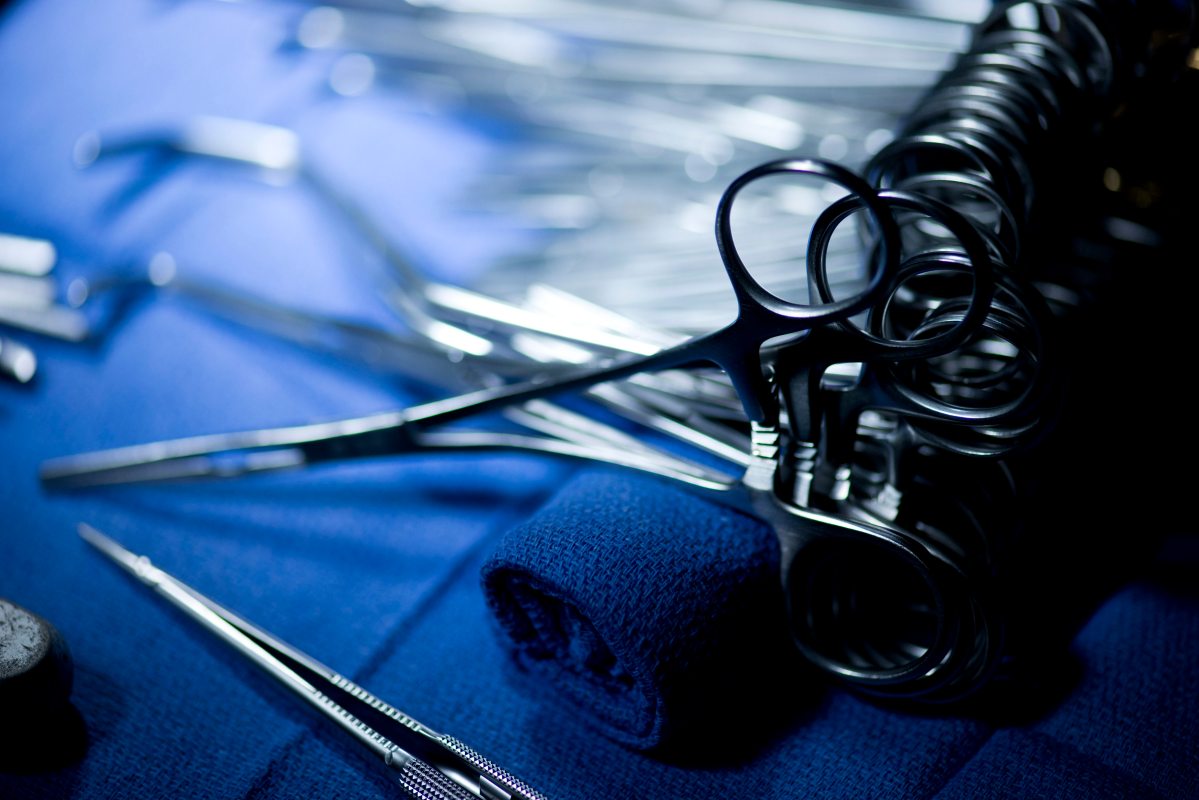An Afghanistan war veteran who had his genitals blown off by a roadside bomb is the first recipient of a donated penis and scrotum transplant. Doctors hope the transplant will restore his ability to function normally, reports The Washington Post. They also say that the transplant, made in a 14-hour surgery, is a medical first. The veteran, who asked to remain anonymous, received the tissue transplant from a team of 11 doctors — nine plastic surgeons and two urological surgeons — at Johns Hopkins Hospital in Baltimore in March. The surgery came after years of research, studies and cadaver work. Doctors are hopeful that if it is successful, it could be used for injured veterans and other men with severe injuries to their genital regions, reports The Post.
BREAKING NEWS: @HopkinsMedicine performs the first total penis and scrotum #transplant in the world. https://t.co/HO7uwbOXta pic.twitter.com/BbWP931YFc
— Hopkins Med News (@HopkinsMedNews) April 23, 2018
“While extremity amputations are visible and resultant disability obvious, some war injuries are hidden and their impact not widely appreciated by others,” W.P. Andrew Lee, chairman of the department of plastic and reconstructive surgery at Johns Hopkins University School of Medicine, told The Washington Post while speaking of the “devastating impact” that injuries had on men’s identity, self-esteem and intimate relationships.
The patient said that it is a “mind-boggling injury to suffer; it is not an easy one to accept.” Doctors hope that patient will be released from the hospital this week, and that he will regain “near-normal” urinary and sexual functions as he recovers and his nerves heal over the coming months. The transplant included an entire penis, scrotum and partial abdominal wall from a donor. This is distinct from the other four penis transplants, all which just included the organ. Only a couple of those procedures have been successful. The procedure was not covered by the patient’s insurance, but the majority of the cost was covered by the hospital. It is estimated to have cost between $300,000 to $400,000.
Thanks for reading InsideHook. Sign up for our daily newsletter and be in the know.


















